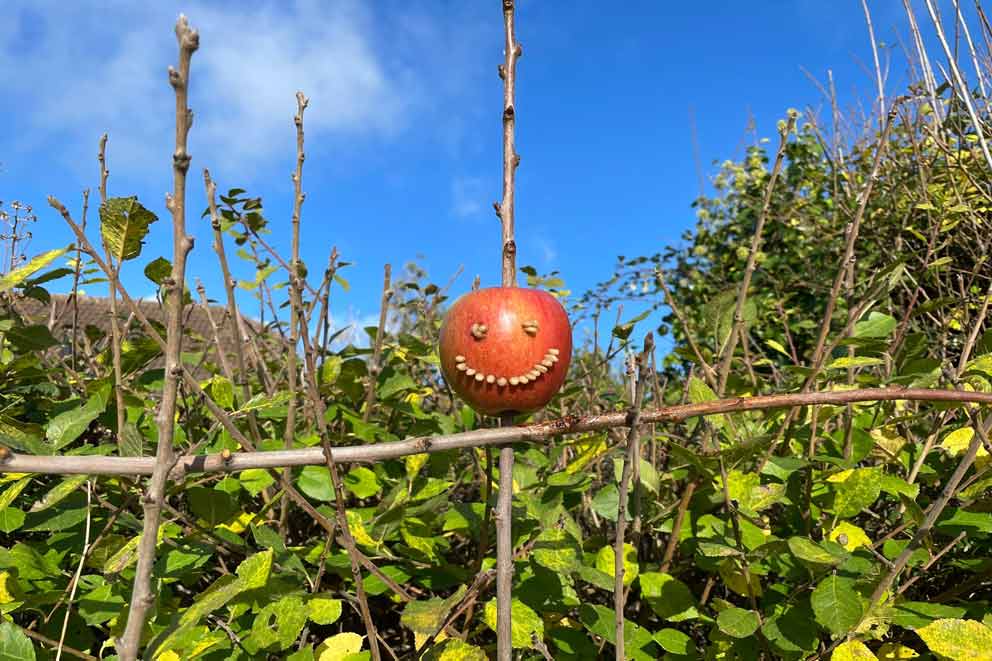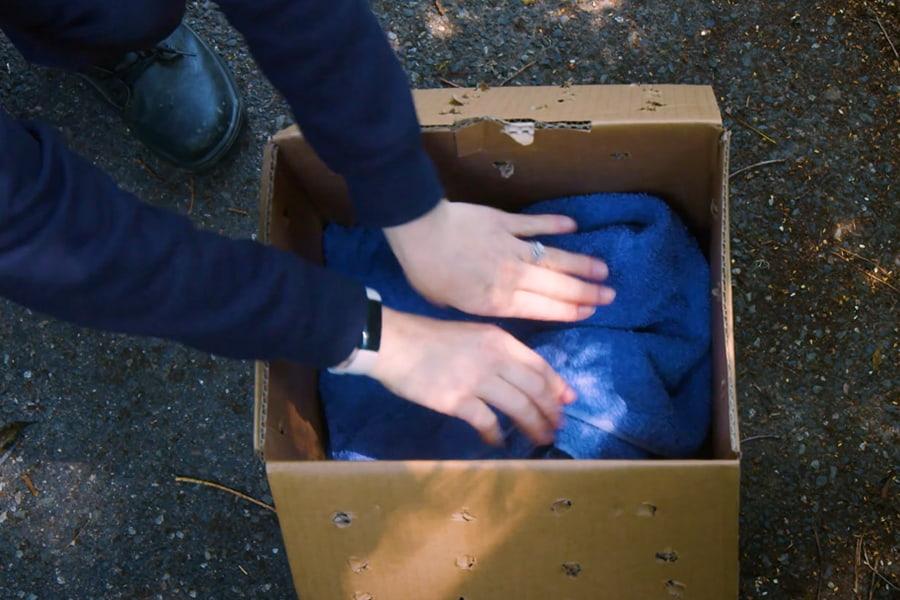How to create a butterfly cafe
Learn how to attract butterflies to your outdoor space with this butterfly café DIY.
With our step-by-step guide, you can easily make a colourful feeder that will help nourish and protect these vital pollinators.
- Suitable for: Adults, and children with their adults!
- Season: All year round
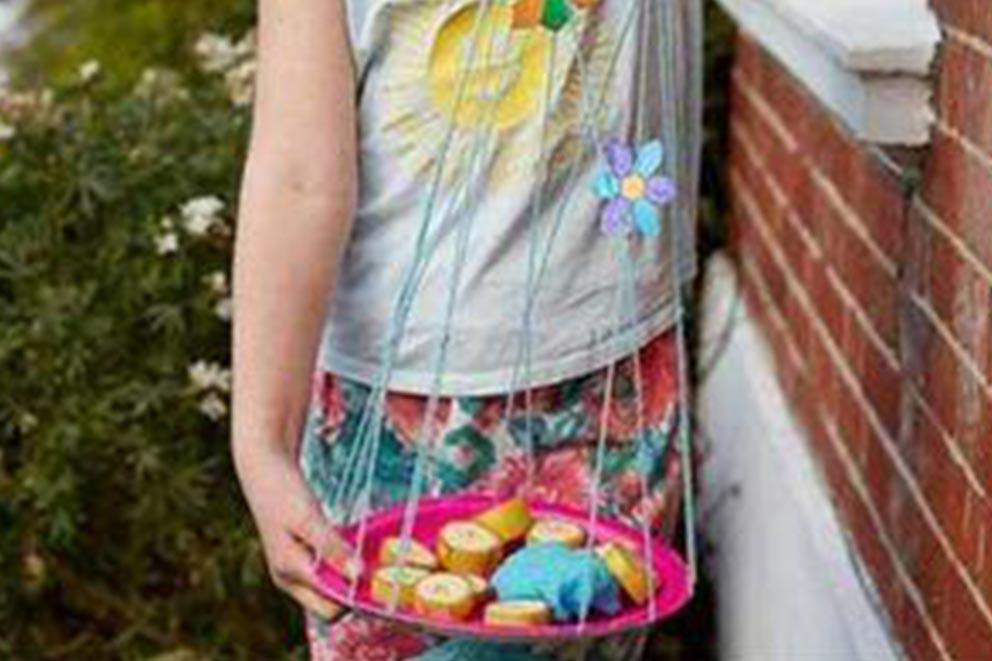
Butterflies are fascinating creatures, first beginning their life as caterpillars before transforming into essential, and enchanting, pollinators.
Like bees, butterflies are crucial for biodiversity, providing food and flowers for other animals. Sadly, however, the UK has seen a sharp decline in butterfly populations – over 80% in the past 50 years.
Thankfully, you can help remedy that. By creating a butterfly feeder, you’re turning your garden or local green space into a wildlife-friendly garden for pollinators, offering them an extra food source when natural supplies are low.
Butterflies have a liquid diet – they love sugary liquids and juicy fruits – which they taste using the receptors in their feet, drinking it up through their proboscis (a long mouthpart that's like a straw). Your feeder might also attract wasps and hoverflies, but don't worry – they're good for the garden too!
Help us protect pollinators and support the survival of native species, with our easy-to-make butterfly café guide.
Jump to:
Create your feeder
Instructions
- 1 Cut six lengths of string, each about 2.5m.
- 2 Hold the six lengths of string together and fold them in half (you’ll have 12 threads).
- 3 Push the folded end of the strings through the keyring loop.
- 4 Push the other ends (the loose, dangling ends) of the strings through the hole in the looped strings and pull them tight, so all the threads are now attached to the keyring.
- 5 Separate the strings into six strands, each made up of two strings each.
- 6 Knot each strand 30cm from the keyring loop.
- 7 Under the knots, separate the strands back into two strings again.
- 8 Move the strings on the outside of the keyring loop so they come together in the middle.
- 9 Then bring one string from each strand close to its neighbour, to make pairs.
- 10 Tie knots in the new pairs, 20cm down from the last knot.
- 11 Measure the diameter of your plate.
- 12 Measure that same amount down from your second knots. For example, if the diameter of the place is 25cm, then measure 25cm down from the second knot.
- 13 Tie all 12 threads together in one big knot.
- 14 Then choose a sunny and sheltered spot to tie up your hanger – somewhere butterflies will find it.
- 15 Slide your plate into the hanger, with the big, single knot underneath it.
- 16 Space the threads evenly around the plate so it won't fall out.
-
17
Cut up some pieces of fruit, and put them on the plate.
- 18 Mix up a sugar solution – one part sugar to 10 parts water – and wait until it has dissolved.
-
19
Then soak the coloured cloth in the sugar solution, squeeze it out and place it on the plate.
And there you have it – you’re officially a barista at the butterfly café!
Sticky, overripe fruit is best for attracting butterflies, like banana, orange, melon, raspberry, pineapple, and peach.
Remember to change or wash the plate every few days, changing the sugar-soaked cloth and serving up a fresh selection of fruit.
If you’re crafting a butterfly feeder that doesn’t hang, make sure to place it somewhere off the ground in a sunny and sheltered spot, ideally near flowers.
What you'll need
Fruit
Sugar
A coloured cloth
A plate or shallow dish to leave outside (try an eco-friendly option, like bamboo or silicon plates)
Natural string or a ball of wool
The ring or loop part of a keyring

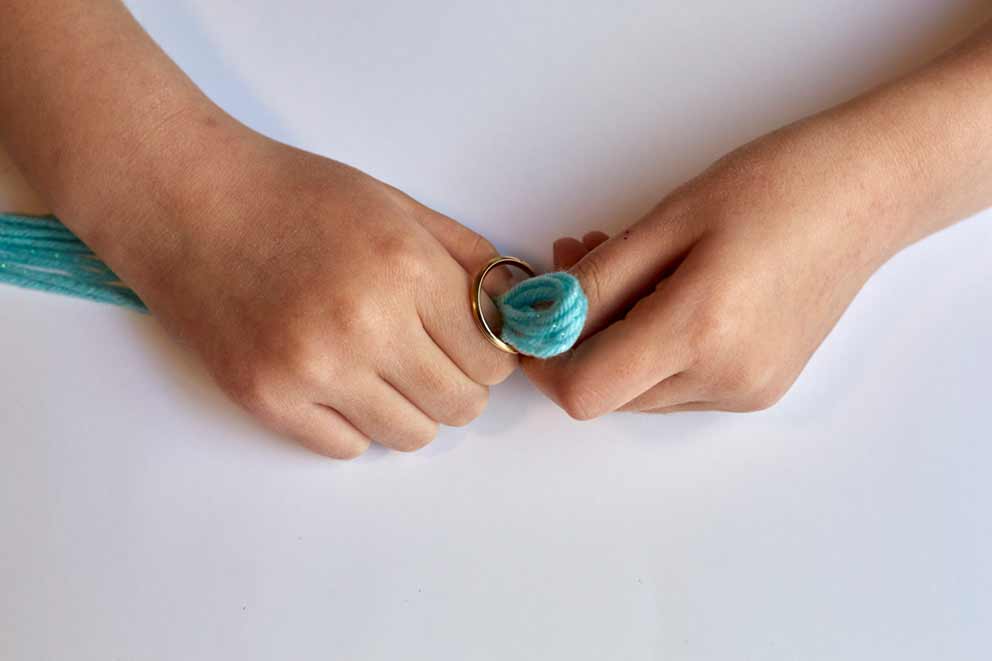
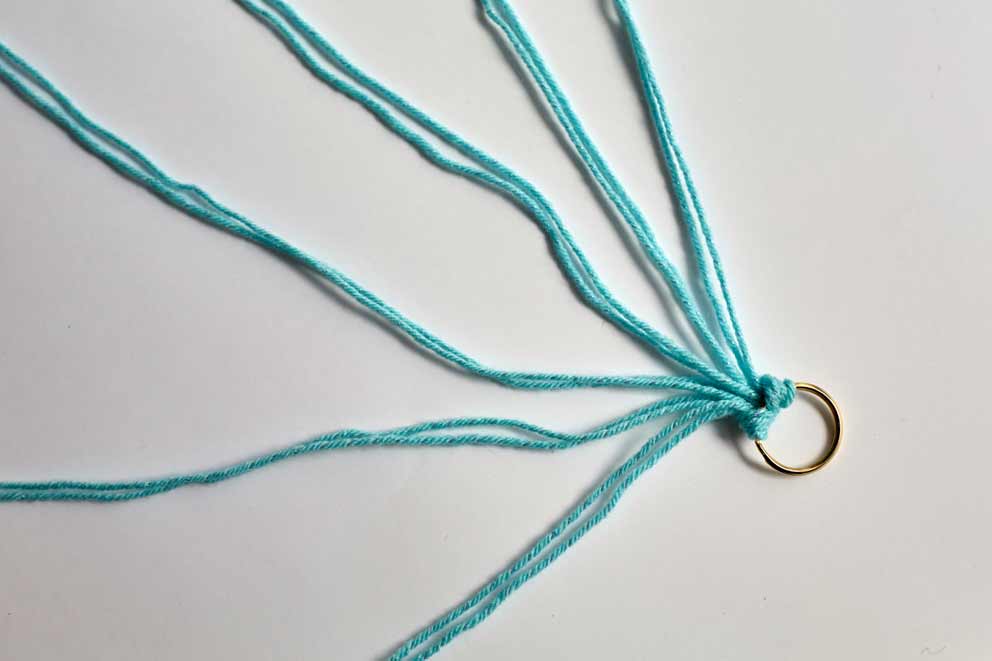
Example Text


